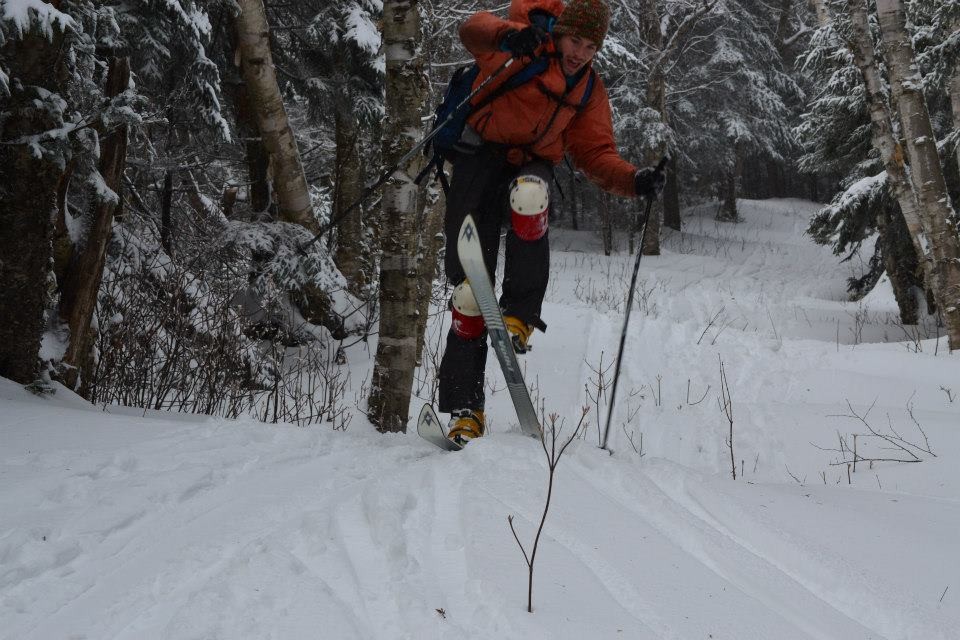Dreaming of a career blending your love for skiing with a passion for the outdoors? Becoming a ski guide might be the perfect path. This guide provides a roadmap to navigate the ski guiding industry, offering actionable steps and insights to turn your passion into a profession.
The journey to becoming a ski guide requires dedication, training, and a deep understanding of mountain safety. It’s a competitive field, but with the right approach, anyone with a passion for skiing can find their place. This guide provides information on navigating the industry, highlighting key steps to consider.
Finding Your Entry Point into the Ski Guiding World
The American Mountain Guides Association (AMGA) recognizes three primary guiding disciplines: Rock, Ski, and Alpine. While this guide focuses on ski guiding, understanding the interconnectedness of these disciplines is beneficial. Ski guiding, while incredibly rewarding, often presents fewer professional opportunities than the other two. This makes entry into the ski guiding world highly competitive. However, several avenues can lead you to your dream job.
1. Outdoor Education Programs: A Solid Foundation
Working for outdoor education programs like Outward Bound or NOLS can be an excellent starting point. These programs offer courses in mountaineering and other outdoor skills, providing valuable experience in leadership, risk management, and group dynamics. Many of these programs also have winter programs that incorporate skiing, offering early exposure to ski guiding. The “bread and butter” skills learned here translate directly to guiding in any discipline.
 Mountaineering course for teenagers in the Colorado backcountry.
Mountaineering course for teenagers in the Colorado backcountry.
2. Ski Patrol: Mastering Snow Safety
Ski patrolling at a resort with a robust avalanche mitigation program offers invaluable experience in snow safety. While it might take time to get involved with explosive avalanche control, the daily snow safety meetings and hands-on experience are crucial for aspiring ski guides. Ski patrolling provides a unique opportunity to test avalanche theories with practical application. Many professional guides supplement their income with ski patrol work.
3. Internships: Learning from the Pros
Internships, though sometimes unpaid, can provide invaluable mentorship and a pathway into established guiding operations. Look for reputable companies with sustainable pathways to future employment. Shadowing experienced guides is another option for gaining experience while maintaining your current job. This allows you to learn from professionals and gain insight into the day-to-day realities of ski guiding.
The Importance of Formal Training
In the past, formal training and certifications weren’t always mandatory for ski guides in the United States. However, the industry is evolving, and the AMGA now plays a significant role in regulating professional guiding. Pursuing AMGA training is now highly recommended, and in many cases, essentially required.
AMGA courses are an investment in your career, both in terms of time and money. However, the knowledge and skills gained are invaluable. Furthermore, AMGA certification opens doors to opportunities both domestically and internationally. Look into scholarship opportunities to help offset the costs of training.
Passing the AMGA Ski Guide Exam allows you to work independently in the US and other countries. It also enables you to operate your own business and access affordable liability insurance through organizations like the Certified Guides COOP.
Backcountry Skiing: Honing Your Skills
Beyond formal training, consistent backcountry skiing is crucial. The best ski guides are constantly seeking opportunities to improve their skills and knowledge. Ski as much as possible, regardless of whether you have a guiding assignment. Push your limits and pursue challenging personal ski trips to gain experience in diverse snowpack climates. This dedication to continuous learning will set you apart.
The Rewarding Path of a Ski Guide
Becoming a ski guide is a challenging but rewarding career path. While finding consistent work can be frustrating, the demand for qualified guides is growing. More companies are seeking employees, and public land agencies are issuing more permits for backcountry skiing operations. The pay is often excellent, especially compared to other outdoor professions.
If you are passionate about skiing and dedicated to learning, don’t give up. The path may not be easy, but the rewards are well worth the effort. Embrace the challenges, continue to learn and grow, and you can turn your dream of becoming a ski guide into a reality.
If at first, you don’t succeed, try again, and again, and again. In the meantime, go skiing.
About the Author
Ty Guarino is a career Mountain Guide and Ski Patroller currently working for Exum Mountain Guides, Beartooth Mountain Guides, Montana Mountaineering Association and Bridger Bowl Ski Patrol. He is the only active American IFMGA Mountain Guide working solely on Telemark gear. Originally from southern New Hampshire, Ty developed his passion for Backcountry skiing on the eastern flanks of Mt Washington in New Hampshire’s Presidential range. Currently Residing in Bozeman Montana, Ty skis as much as possible in and around the greater Yellowstone ecosystem. Although Bridger Bowl is his home mountain, Ty likes to explore other skiing venues including Alaska, South America, New Zealand, and New England.
